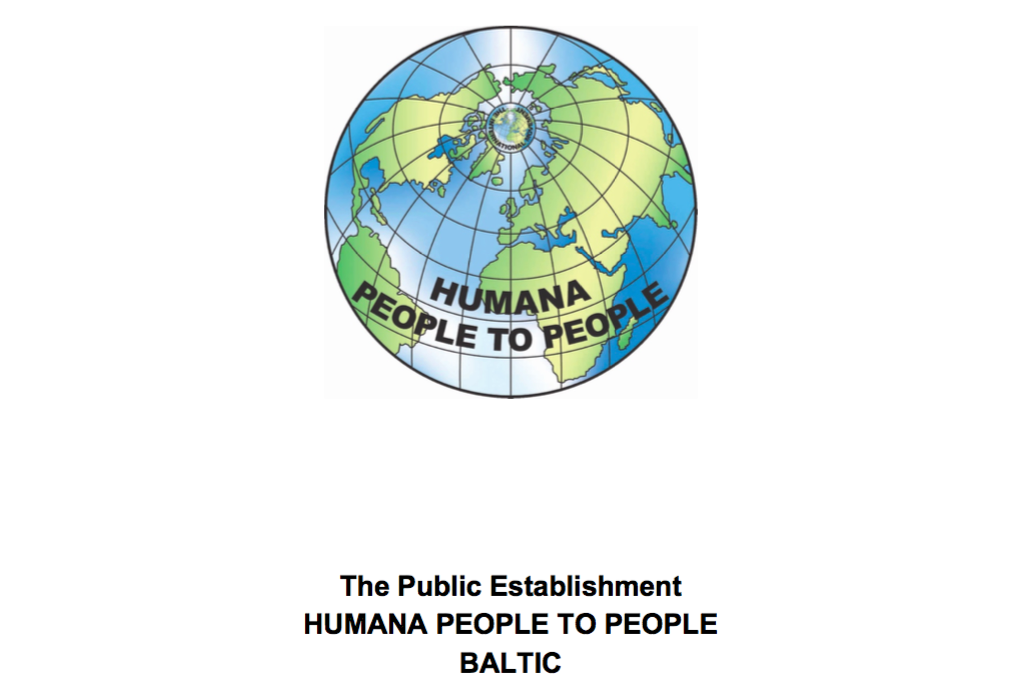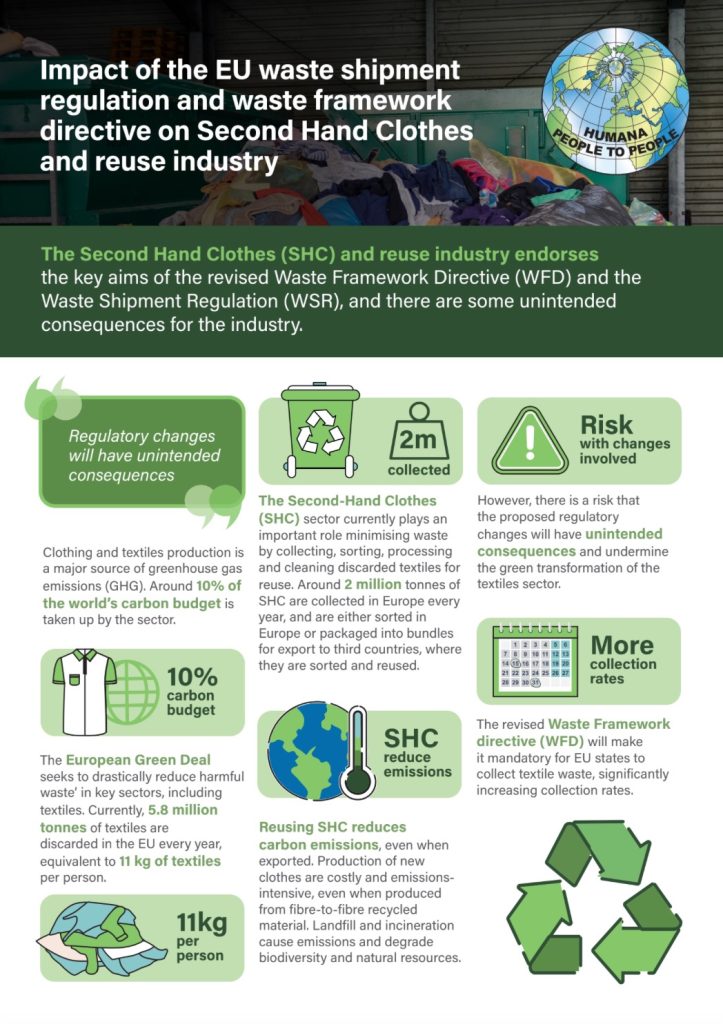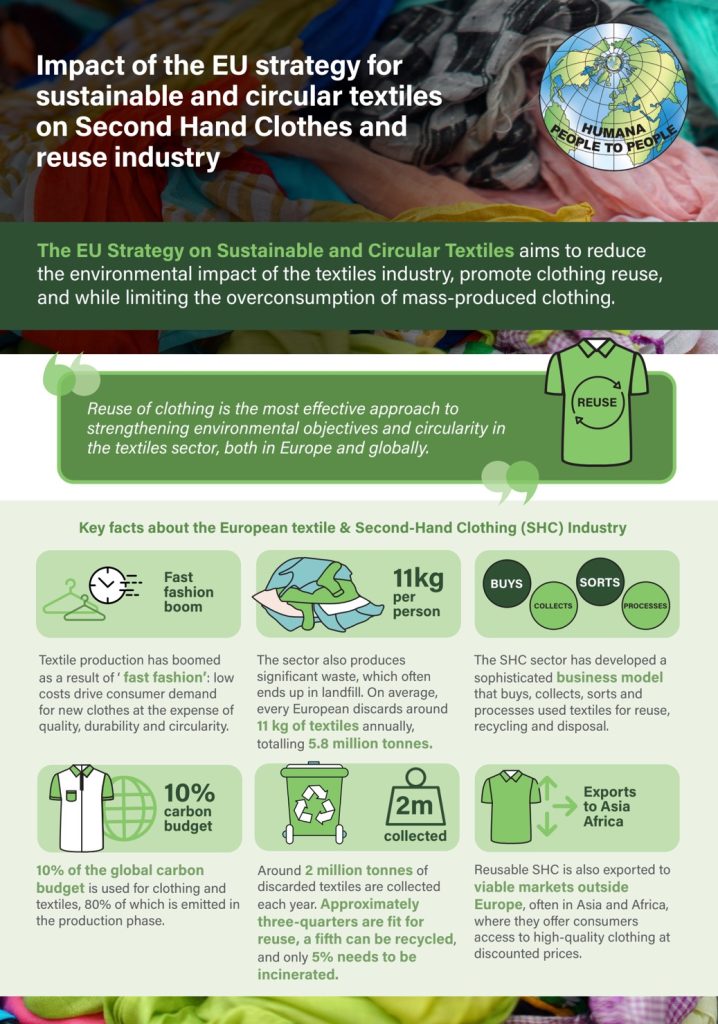
THE RANKING
LITHUANIA – SUSTAINABLE BRAND INDEX 2023
Sustainable Brand Index™ yearly ranks brands on sustainability. The rankings show how brands are perceived on sustainability by their important stakeholders. These are Lithuania’s most sustainable brands of 2022 according to Lithuanian consumers. Download the official report for access to all key insight and the complete ranking.
READ FULL REPORT: https://www.humana.lt/wp-content/uploads/2023/03/Lithuania_Official-Report_2023.pdf
THE TOP 20 MOST SUSTAINABLE BRANDS OF 2023 ACCORDING TO LITHUANIAN CONSUMERS
BRAND
- Lidl
- Humana
- Norfa
- Biržų duona
- Camelia vaistinė
- DPD
- Omniva
- Eurovaistinė
- Gintarinė vaistinė
- Sėklos (Žalia stotelė)
THE EUROPEAN GREEN DEAL
Achieving a climate neutral and circular economy requires the full mobilisation of industry
The European Green Deal is an overarching vision of environmental sustainability closely related to the EU Industrial Strategy and the Circular Economy Action Plan (CEAP). As the representative of major textile industry stakeholders, we agree that the shift towards a sustainable, circular economy can be a ‘win-win’ both for growth and the environment. There is a recognition at the heart of the European Green Deal that improving environmental sustainability is necessarily a global effort: ‘The environmental ambition of the Green Deal will not be achieved by Europe acting alone. The drivers of climate change and biodiversity loss are global and are not limited by national borders. The EU can use its influence, expertise and financial resources to mobilise its neighbours and partners to join it on a sustainable path. The EU will continue to lead international efforts and wants to build alliances with the like- minded’. The European textile reuse and SHC sector adopts a similarly global perspective. The industry recognises that creating a more sustainable, circular economy in textiles cannot be achieved within the borders of the EU alone given that value and production chains are inherently global in their reach.
READ FULL REPORT HERE: THE EUROPEAN GREEN DEAL
EU Industrial Strategy and EU Action Plan: ‘Towards Zero Pollution for Air, Water and Soil’ Stakeholder Response
The EU industrial strategy was published before the outbreak of the Covid-19 crisis in early 2020. An updated version of the strategy was launched in May 2021 to take account of the economic and fiscal shock inflicted by the pandemic on Europe’s economy.
As a stakeholder representing major players in the SHC and reuse sector in Europe, we agree with the core argument of the industrial strategy that, ‘the business case for the green and digital transition is stronger than ever’. As stakeholders in the ecosystem of the European textiles industry, we are helping to build a more sustainable and circular business model that increases economic opportunities and access to well-paid green jobs. We welcome the emphasis placed by the European Commission on working, ‘to reinforce the synergies between the sustainable and digital transitions’. The EU industrial strategy argues there are two key transitions underway in Europe’s economy: the green transition and the digital transition.
The document states that: ‘Supporting the business case for the green and digital transitions EU industry has embraced the challenges and opportunities that the twin transition brings. It is ready to invest, but asks for predictability and a real business case, with a coherent and stable regulatory framework access to capacities and infrastructure, finance for innovation and deployment, raw materials and decarbonised energy, demand-side measures for climate neutral and circular products and the right skills. These are necessary for a competitive transition’ (page 18). We agree with this approach as elaborated further below.
READ FULL REPORT HERE: EU Industrial Strategy and EU Action Plan: ‘Towards Zero Pollution for Air, Water and Soil’
EU transition pathway
for a more resilient, sustainable and digital textiles ecosystem
Stakeholder Response
Optimising the rate of textile and clothing reuse in Europe and around the world will help to ensure greater environmental sustainability and deliver the goals of the circular Economy Action Plan (CEAP). Those stakeholders in the SHC and reuse sector in Europe that we represent would like to see improved collaboration across the value chain among retailers, garment makers, yarn and fabric suppliers, collectors and sorting centres to achieve greater circularity in the textile value chain and ecosystem.
Reuse is the least environmentally damaging way of dealing with used clothing since it actively prevents waste and new production of textile garments. While we fully recognise the future importance of recycling in the textile ecosystem, the evidence suggests that current processes of fibre-to-fibre recycling of post-consumer textiles may still have an adverse environmental impact. If more clothing is to be reused, quality needs to continue to improve with greater emphasis on eco-design.
To further strengthen clothing reuse in Europe and across the world, EU regulations need to be carefully drafted in order to avoid a negative impact on the sector which was not intended by legislators. We fully support the EU’s vision of a circular economy in textiles, while we are ready to work with the European Commission towards the goal of greater environmental sustainability and the circular economy through implementation of the CEAP.
We welcome the fact that our sector has a critical role to play in delivering greater useability of clothing and textile garments both in Europe and the wider world in accordance with the objectives of the European Green Deal.
READ FULL REPORT: EU transition pathway for a more resilient, sustainable and digital textiles ecosystem
EU Waste Shipment Regulations
Stakeholder Response
The WSR requires Member States to ensure that shipments of waste and their treatment operations are managed in a manner that protects the environment and human health against any adverse effects that might result from such wastes…The overall objective of the WSR review is to increase the level of protection of the environment and public health from the impacts of unsound transboundary shipments of waste.
We acknowledge the EU’s concern that clothing waste may be mislabelled as second- hand clothing and shipped outside the EU. The European Commission is right to be concerned about waste being exported to countries that do not have the capacity to dispose of the material in an environmentally sustainable manner. It is to be welcomed that the EU will be, ‘intensifying its co-operation on issues of common interest related to textile waste shipment…with third countries and regions to increase the sustainability dimension of its trade policy’.1 Moreover, it is important that there are clear criteria to distinguish between genuine second-hand clothes and waste, given the EU is currently exporting 1.4 million tonnes of textile waste.2
READ FULL REPORT: EU Waste Shipment Regulations
EU transition pathway
for a more resilient, sustainable and digital textiles ecosystem
Stakeholder Response
The SHC and reuse industry endorses the key aims of the revised Waste Framework Directive (WFD) and the Waste Shipment Regulations (WSR). Nonetheless, we argue it is important to avoid measures that have unintended consequences, undermining the EU’s core goals of sustainability and circularity. Policies such as preventing the export of sorted and unsorted clothing from Europe will erode the global capacity for reuse. It is through increasing textile reuse and preventing waste that the EU is most likely to achieve the green transformation of the textile sector. The draft EU Waste Regulations and the revised Framework Directive are concerned with reducing the EU’s carbon footprint by preventing unnecessary production of textile waste and ensuring that waste which is generated is dealt with in an environmentally responsible manner. This stakeholder response paper contends that: • Textiles should be processed under and Waste Directive and Shipment Regulations using systems that facilitate the export of unsorted clothes to third countries. Unsorted clothing should be exportable under a certification system that guarantees the items will be dealt with responsibly in the third country, minimising any adverse environmental impact. Sorted clothing must continue being classified as a product rather than waste. • Meeting such goals will be made easier if there is active investment in the reuse and SHC infrastructure of third countries, ensuring that clothing items are processed responsibly whether they are sorted or unsorted. SHC businesses operating in third countries in Asia and Africa have the operational know-how, expertise and credibility to ensure that infrastructure remains effective, helping to deliver the EU’s goals of sustainability and circularity across the globe. • An EU-led auditing mechanism should be established to oversee the process of shipment of unsorted clothes and ensure adequate oversight. Checks should be carried out on sorting facilities themselves which means there would be no requirement for intervention at the level of the member-state. This is a more flexible and less bureaucratic solution to the problem of managing textile waste.
READ FULL REPORT: EU transition pathway for a more resilient, sustainable and digital textiles ecosystem
EU Strategy for Sustainable and Circular Textiles
Stakeholder Response
This paper argues that the Second-Hand Clothing (SHC) sector provides a robust infrastructure and a viable business model for future growth in the sustainability of the textiles industry. The most effective approach to strengthening environmental objectives and circularity in the textiles sector is to maximise the reuse of clothing across Europe, and indeed the globe. Across all of the EU’s policies and regulations, we contend reuse must take precedence to prevent waste and safeguard sustainability.
The EU Strategy on Sustainable and Circular Textiles aims to reduce the environmental impact of the textiles industry, promoting clothing reuse and recycling while limiting the overconsumption of mass-produced clothing.
It is widely anticipated that under the Waste Framework Directive and law for the mandatory collection of textiles which comes into force in 2025, collection rates for post- consumer textiles will increase significantly. Meanwhile, the EU’s Waste Hierarchy emphasises that reuse should be the priority given the focus on waste prevention.
Over the last forty years, the SHC sector has developed a sophisticated model to buy, collect, sort, process and sell second-hand clothing, in so doing helping to reduce carbon emissions and energy use that contribute to global warming. The SHC and reuse industry can help the EU to meet its objectives on sustainability and circularity. The SHC in Europe should be enabled to play its role in ensuring the EU becomes a ‘global trailblazer’ in sustainable and circular textiles. In so doing, the following recommendations are proposed:
READ FULL REPORT: EU Strategy for Sustainable and Circular Textiles

